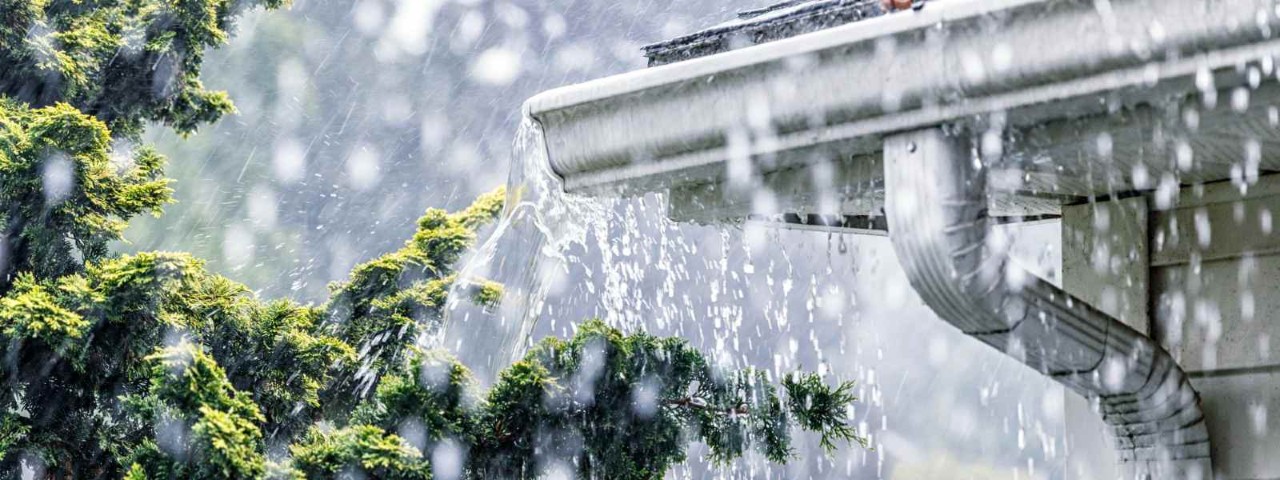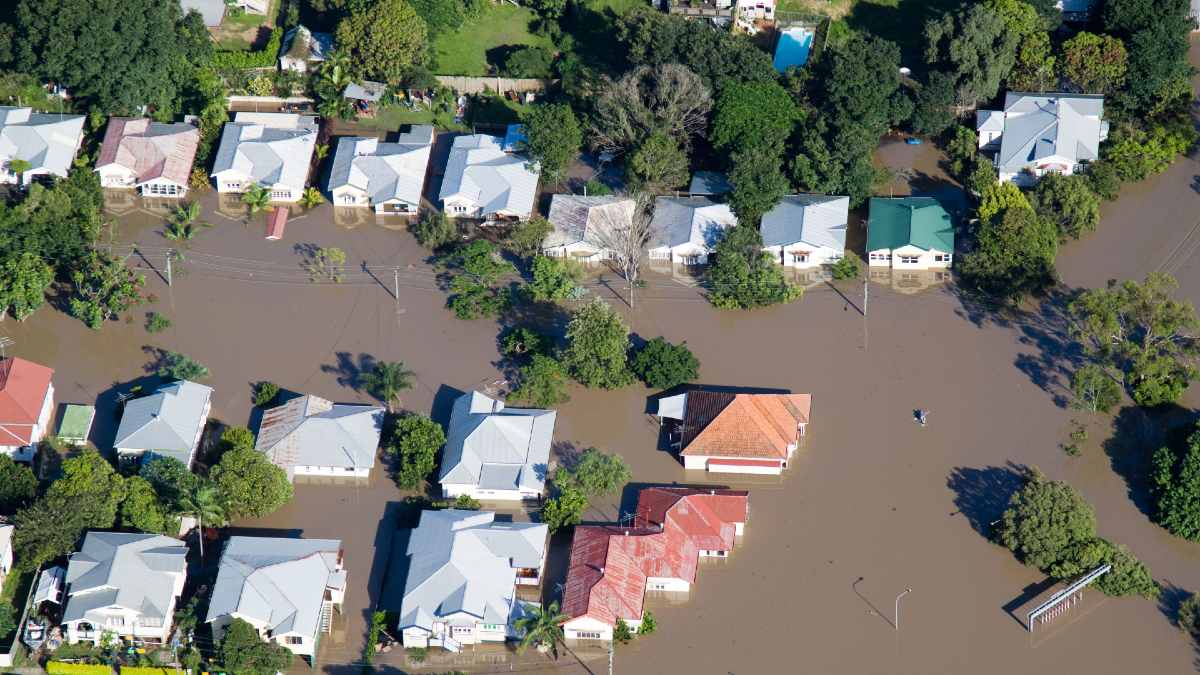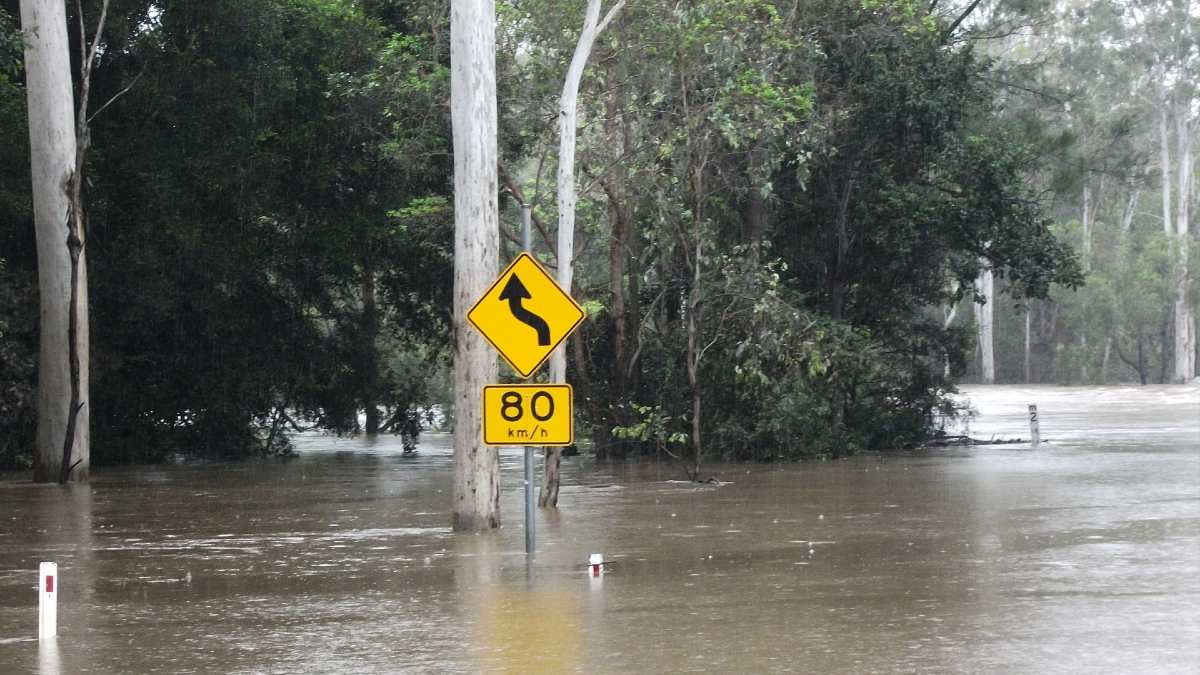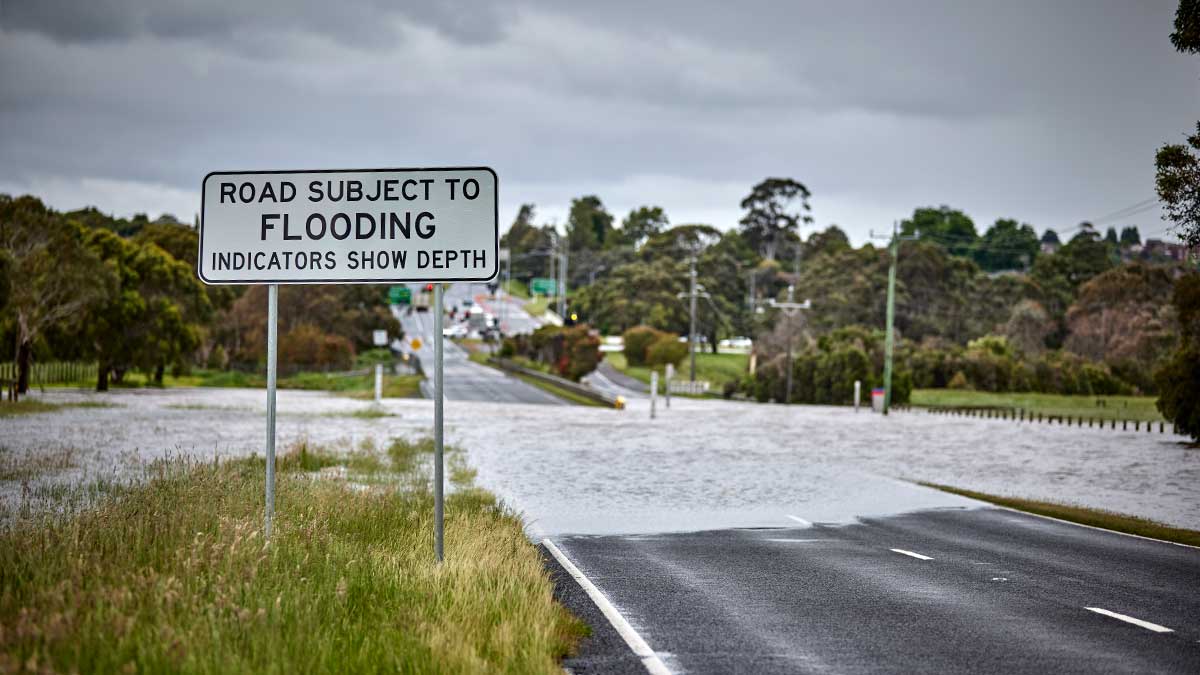Understanding the meaning of sum insured will help ensure you have the right level of cover for your home and possessions.
How to plan and prepare for a flood

Did you know that almost one in 10 Australian homes has some level of flood risk? Here’s how to plan and prepare for a flood to better protect your home.
Storms and flash flooding occur throughout the year in Victoria, and it's important to be prepared. Flooding can threaten your home, with causes including riverine flooding, flash flooding, dam failure and storm surge, according to the Victorian State Emergency Service.
If you live near low-lying land, creeks or rivers, or major stormwater drains then you particularly need to be flood ready. The SES, which is responsible for flood planning and response in Victoria, says a well-prepared community can reduce the impact of flooding by up to 80 per cent.
Stay alert for when the Bureau of Meteorology (BOM) issues a severe weather warning. Download the VicEmergency app (which aligns with the VicEmergency website) to access timely emergency information, including warnings for severe weather events. It's also vital that you don't drive on flooded roads.
Here are some suggestions to help you plan for a flood event and stay safe.
Jump to:

Australian households should prepare for possible future flood events. Image: Getty
Prepping and planning for flood season
Understand whether your home is at risk
The location of a property contributes to flood risk. This includes:
- Where your house sits on your property, such as the top of a hill or bottom of a slope
- If your home has lower floor levels or is elevated above surrounding terrain or waterways.
Other factors that heighten your home's flood risk, include.
- If your house is located on a floodplain
- Your local area’s average rainfall
- The proximity of your home to the waterway.
The most-at-risk local government areas (LGAs) in Victoria, according to Insurance Australia Group Limited (IAG), are Melbourne, Maribyrnong, Frankston, Mornington Peninsula, Greater Shepparton, Greater Geelong, Greater Bendigo, Benalla, Wyndham and Campaspe.
Check with your local floodplain management authority, such as local council or catchment management authority, to see whether your property is at a high risk of flooding. VicPlan is a tool that you can use to view, query and create your own property report. The report includes floodway overlay information, if applicable.
Retrofit or build your house to code
There may be ways that homeowners in flood-prone areas can retrofit their property to increase resilience. It's best to speak to your local floodplain management authority or a certified builder for advice on what improvements are possible.
If you’re building a new house in a high-risk area, you could consider building above the minimum standards required for all new builds, including increasing the floor height and using water-resistant materials and fixtures.
As well as offering the Bushfire Resilience Rating home self-assessment app, the Resilient Building Council (RBC) provides on-site assessments and recommendations to boost a home's defence against storms and floods, and other natural disasters.
In addition, the RBC's FORTIS House project provides information to help Australians build more affordable and sustainable houses that are resilient to bushfires, floods, storms, heatwaves, cyclones, mould, and pests.

Flooding is the second most deadly natural disaster after heatwaves in Australia. Image: Getty
Make an emergency flood plan
An emergency flood plan can help keep you calm during a flood-related evacuation.
Where will you go in a flood?
Make sure you know the safest evacuation site in your area, in case you need to leave your home. The safest place to relocate is outside the floodplain on high ground.
How will you get there?
If you need to drive during an evacuation, tune into an official emergency broadcasters such as ABC local radio for updates en route. Never drive through floodwaters, and be very careful of driving hazards, such as mud, debris, fallen trees, damaged powerlines or damaged roads.
Driving through floodwaters is one of the biggest causes of fatalities during flood events. Floodwaters that reach the bottom of your car door can be enough to carry your vehicle away. It can take as little as 15cm of water for a car to lose traction on the road and be swept away in floodwater, according to Australian research.
If a road is flooded, seek an alternative route instead. If driving conditions are too dangerous, safely pull over to higher ground away from trees and powerlines.
Prepare your emergency kit
Finally, pre-pack an emergency kit to take with you. Your kit should include bottled water, non-perishable food, a first aid kit, a mobile phone and charger, any regular medications, torches, and a battery-operated radio with spare batteries.
Take note of where your important documents are stored so that you can quickly add them to your kit in an emergency. These documents may include prescriptions, identification (such as driver’s licences, passports, birth certificates, Medicare cards, tax file number), proof of car/home ownership (such as land titles, mortgage documents and car registration) and insurance cover details. If you have pets, include their food and medication in your kit too.
Purchase a sturdy, waterproof container to house your emergency kit. A watertight box with wheels or handles is ideal. Label your kit in large, legible writing, and put some reflective tape over it so that you or another person can easily locate it.

If a road is flooded, no matter how well you think you know the area, seek an alternative route instead. Image: Matt Harvey
Monitor weather warnings
During severe weather events, keep an eye on BoM and VicEmergency for relevant forecasts and warnings that cover your local area.
Here is how to read flood warnings from BOM:
- Flood Watch – a Flood Watch only suggests that flooding is possible due to forecast rainfall. It is not a warning of imminent flooding and does not mean that a flood will definitely occur. A Flood Watch can be issued up to four days in advance of expected flooding.
- Flood Warning – a Flood Warning is issued six or more hours before a flood occurs. It advises the specific locations that flooding is set to occur if the weather follows predictions. A Flood Warning will typically predict the level that the river is expected to rise to, but may sometimes be more generalised if there is insufficient data.
- Severe Weather Warning – flash flooding occurs so quickly that there isn’t time to issue a Flood Warning. Instead, BOM will issue a Severe Weather Warning for heavy rainfall and other conditions that could cause flash flooding.
Once a flood occurs, BOM and the Victorian SES will classify the flood as minor, moderate, or major.
- Minor flooding – a mostly inconvenient flood that only inundates low-lying areas next to water courses. Minor roads and low-level bridges may be closed. In urban areas, flooding may affect bicycle and pedestrian paths, some backyards, and some buildings below floor level. In rural areas, livestock and equipment may need to be removed.
- Moderate flooding – a substantial flood that may affect main traffic routes and some buildings above floor level. A moderate flood may require evacuation; in rural areas, livestock must be removed.
- Major flooding – an extensive flood that inundates large areas and may affect many buildings above floor level. Major traffic and rail routes are likely to close, utility services may be affected, and properties and towns are likely to be isolated. Evacuation may be required.
In the event of a flood, listen to the advice of your local emergency services, including whether you should stay put or evacuate.
BOM reports that flooding is the second most deadly natural disaster after heatwaves in Australia. If you are ever in a life-threatening situation, immediately call Triple Zero (000) and follow their instructions. Alternatively, you can call the Victorian SES on 132 500 for emergency assistance, such as rescuing people from floodwater, helping to protect properties, protecting essential services, or advice on floods and evacuations.

Floods can cause significant damage to your home. Image: Getty
Secure your home against floods
According to the Victorian Government, the 2022 floods cost the state $1.8 billion in immediate relief funding and another $677 million for flood recovery.
You can help prepare for the flood season by getting a professional to look for any damaged tiles that could cause leaks, having your gutters professionally cleaned to keep water routes clear and sweeping debris away from drains to help water runoff escape. Always take safety precautions when working at height on a ladder.
In addition, you can help protect your home from accidental flooding by keeping your pipes well maintained. “In the 2024 financial year, 72 per cent of RACV Home Emergency Assist callouts were related to plumbing emergencies,” says Nathan Tayeh, Senior Product Manager of RACV Trades. “A third of these callouts were due to burst or blocked pipes.”
If you know from emergency service advice that your home is likely to be flooded, you can take additional measures to help protect your house. Turn off your gas and electricity, secure external doors and windows, and store or secure outdoor furniture. You can also lift any furniture and valuables up high, and get some sandbags to block your drains, toilet and doorways. If you can’t evacuate in your car, move it to higher ground.
Review your home and contents insurance
Floods can cause significant damage to your home, costing you tens of thousands of dollars to repair, especially if you're underinsured. Floodwater can damage floors, walls, cabinetry, electrical wiring and air-conditioner units, as well as whitegoods, electrical goods and furniture. In the worst-case scenario, floods can cause structural damage to homes.
Check that your home and contents insurance is up to date, and includes cover for flood and/or other types of water damage that may occur, such as storm surge. A home insurance policy may also include cover for ‘removal of debris’ to help with clean-up costs after a flood, and for temporary accommodation in case you can't live in your home. Each policy may have slightly different wording and cover, so if you’re unsure, contact your insurer or read the Product Disclosure Statement.
In addition, check that you have appropriate insurance policies in place for any vehicles, boats or caravans that may be on your property.
The information provided is general advice only. Before making any decisions please consider your own circumstances and the Product Disclosure Statement and Target Market Determinations. For copies, visit racv.com.au. As distributor, RACV Insurance Services Pty Ltd AFS Licence No. 230039 receives commission for each policy sold or renewed. Products issued by Insurance Manufacturers of Australia Pty Ltd ABN 93 004 208 084 AFS Licence No. 227678.


